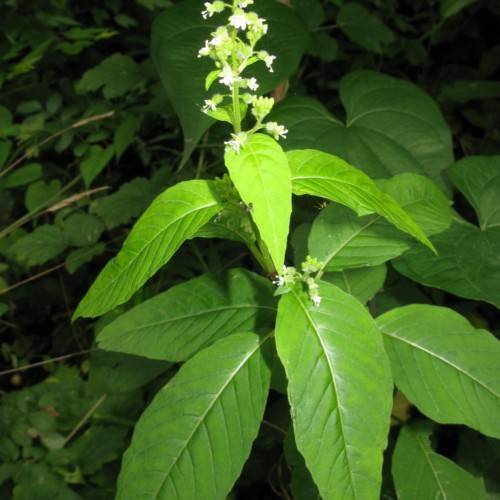
Canada Enchanter's Nightshade
Circaea canadensis subsp. canadensis
Watering:
Minimal
Hardiness Zone:
Flowers:
Flowers
Sun:
part shade,full shade
Leaf:
Yes
Growth Rate:
Low
Poisonous To Humans:
Yes
Poisonous To Pets:
Yes
Care Level:
Medium
watering
The Smaller Enchanter's Nightshade is a medium to low water-needing plant. It requires moderately moist soil to thrive, so check the soil for dryness before watering. Water the plant when the top inch of the soil is dry. Aim to water the plant once or twice a week, and water until the soil is moist but not soggy. If the weather is very hot and dry, you may need to increase the frequency of watering to help the plant stay hydrated. On the other hand, in cooler, rainy weather, make sure you don't overwater or else the plant may suffer from root rot or other fungal diseases.
sunlight
Smaller Enchanter's Nightshade, or Circaea alpina, grows best in full sun, although it can tolerate partial shade. It requires at least 6 hours of direct sunlight each day in order to thrive. During the summer months, it should receive full sun during the morning and early afternoon hours while being protected from the hotter and more intense late afternoon rays. During the winter months, it will require at least 4 hours of full sun each day. It is important to note that the angle of the sun is especially important when planting Smaller Enchanter's Nightshade to ensure that it receives the best possible exposure.
pruning
Smaller Enchanter's Nightshade should be pruned in late winter or early spring in order to maintain its shape and vigor. Pruning should be done lightly, removing only dead, damaged or diseased stems and branches. Trimming off any straggly or overgrown branches will also help to promote bushiness and will also encourage more blooms to appear. Pruning should not be done more than once a year, and should be done gradually, not in 1 heavy pruning session.
